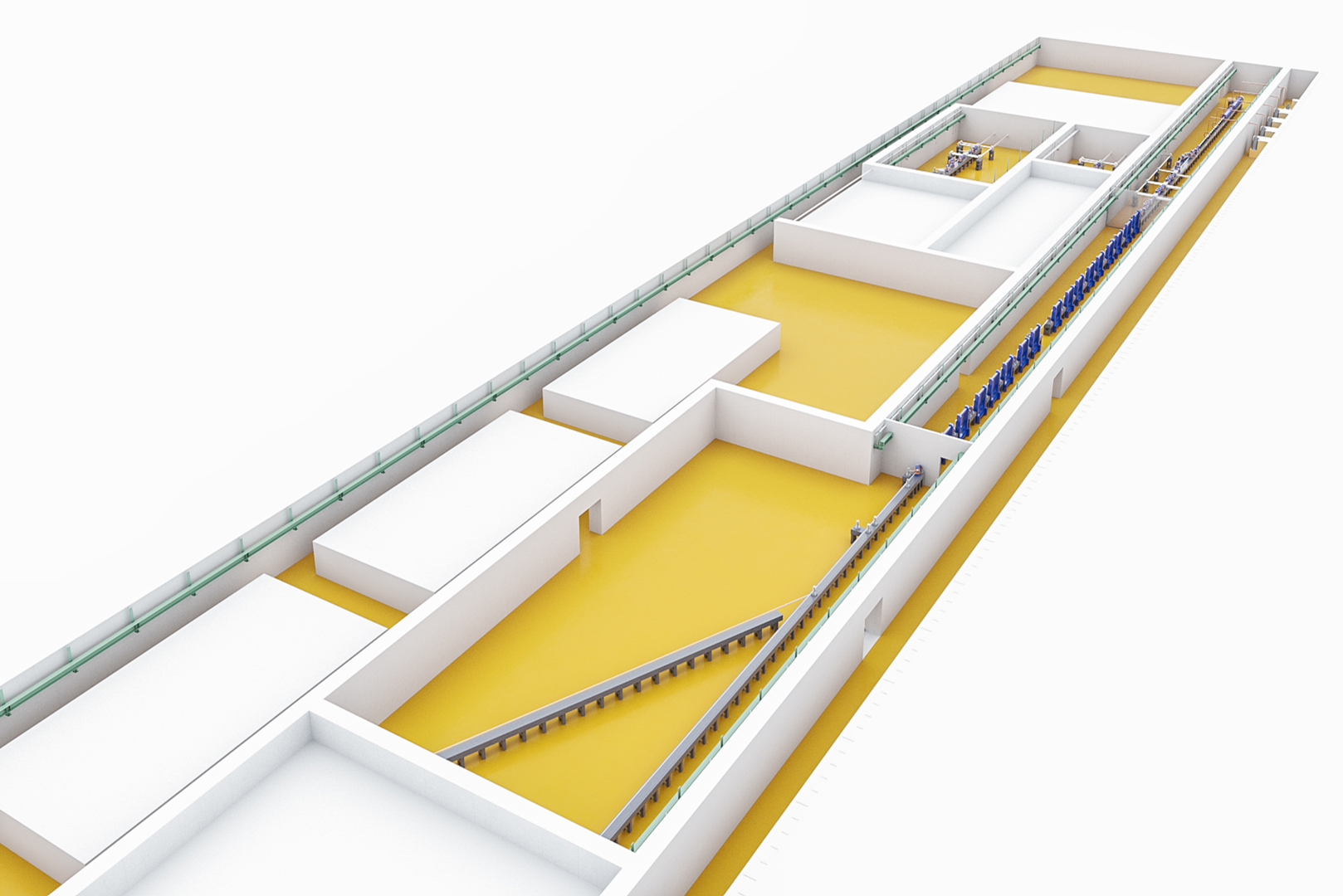EuPRAXIA Conceptual Design Report published in the European Physical Journal

In 2015 an international consortium of 41 laboratories was created with the objective of designing a new European plasma accelerator infrastructure. The EuPRAXIA project funded by the EU would become the world’s first electron accelerator for users based on the plasma technology.
The EuPRAXIA consortium culminated its last-year work with the submission of a Conceptual Design Report (CDR) to the European Commission. The EuPRAXIA CDR has now been made publicly available with its publication in the European Physical Journal Special Topics.
With more than 600 pages and 250 contributors, the CDR is a lasting milestone for novel plasma accelerators, the fruit of an outstanding collaborative, interdisciplinary, and multi-institutional effort.
The Institute of Applied Physics of the Russian Academy of Sciences (IAP RAS) is an associated partner of the EuPRAXIA consortium. Within the framework of the CDR we present a short overview of IAP RAS activities in the field of laser plasma acceleration of electron bunches and development of high-power lasers and laser systems for electron photo injectors. Researchers from IAP RAS have both theoretical and experimental skills in these areas. For example, the Institute has a sub-petawatt laser system called PEARL, a laser system for an electron photo injector, etc. Specially designed numerical codes for particle-in-cell simulations are available for modeling of acceleration processes in the laser- induced plasma. IAP RAS researchers are involved in the optimization of sub-petawatt laser system parameters. In particular, methods of nonlinear compression of sub-petawatt laser pulses for peak power enhancement, temporal contrast cleaning, profiling of pump pulses, etc. have been developed. Generation of GeV electron beams has recently been demonstrated using the PEARL facility. IAP RAS actively collaborates with DESY (a full member of the EuPRAXIA project) in the field of laser and photo-injector physics. Within the framework of collaboration, methods for 3D pulse shaping have been proposed and tested in the experiments. As a result, laser pulses with cylindrical, triangular, and 3D ellipsoidal intensity distributions have been obtained and in the nearest future will be applied for irradiation of a cathode surface to generate electron bunches with a profiled spatial charge distribution. New approaches to inducing THz modulation for the temporal shape of picosecond laser pulses have been tested in the experiments. The electron bunches generated by such pulses and accelerated up to an energy of 50 to 60 MeV can be used for generation of THz pulses with CEP stability. Accumulated knowledge and experimental skills obtained within the framework of collaboration can be fruitfully used to move forward the solution of the scientific problems described in the CDR.
The report contains a detailed description of the EuPRAXIA Infrastructure, the laser systems, RF accelerators, and plasma injectors for both a laser-driven and beam-driven plasma accelerator, as well as the magnets, beam transport, and diagnostic systems needed to drive a Free Electron Laser. It includes a description of the experiments and simulations that underpin the design. The report also contains a thorough analysis of the opportunities of EuPRAXIA for innovation and preliminary models for project implementation, cost, and schedule that would allow operation of the full EuPRAXIA facility within 8–10 years.
The EuPRAXIA project offers a significant reduction in size and possible savings in cost over current state-of-the-art radiofrequency-based accelerators. The foreseen electron energy range of 1 to 5 GeV and its performance goals will enable versatile applications in various domains. This includes studies of materials, bacteria, and viruses with X rays and particle beams generated in the compact EuPRAXIA facility. The plans of EuPRAXIA include the setup of Europe’s most southern free-electron laser in the Metropolitan area of Rome. “This will support European science and innovation in new areas and will provide much needed opportunities for the next generation of scientists,” said Ralph Assmann, the Coordinator.
The EuPRAXIA consortium has now signed an agreement for the next phase of the project with 40 member institutes and 10 observers from 15 countries. In parallel, EuPRAXIA has applied to the ESFRI roadmap process for European research infrastructures supported by five European countries at the government level with Italy as the lead country. The project has been found eligible for the ESFRI roadmap update in 2021 and is currently under ESFRI review for a decision in late Spring or Summer 2021.
The report can be found in
R. W. Assmann et al., “EuPRAXIA Conceptual Design Report” // Eur. Phys. J. Special Topics 229, 3675–4284 (2020).
DOI: doi.org/10.1140/epjst/e2020-000127-8
This project has received funding from the European Union’s Horizon 2020 research and innovation programme under grant agreement No 653782.